Mireia Berenguer
It is important not to lose sight of the museum’s origins and to keep in mind the people who contributed to its creation. And this is the reason for the task we are carrying out at the museum to collect the biographies of the characters linked to the history of the museum and the formation of its collections.
We began this journey with some of the private collectors, those men who devoted their fortunes to purchasing art and the treasures themselves, either through donation or sale, and went on to fill the collections of the our museum. The idea, however, was to continue with the directors, technicians, historians, members of The Board of Museums, restorers, etc. In short, that meant recording the work done by many men and women who put their grain of sand so that the museum got where it is and, for one reason or another, whose memory has faded in the time.
Documenting the history of the National Museum through the names of real people

One of the things that would help us find out many of these names, some of them forgotten, was the biographical chronicle, an archive preserved on the mezzanine floor of the museum.
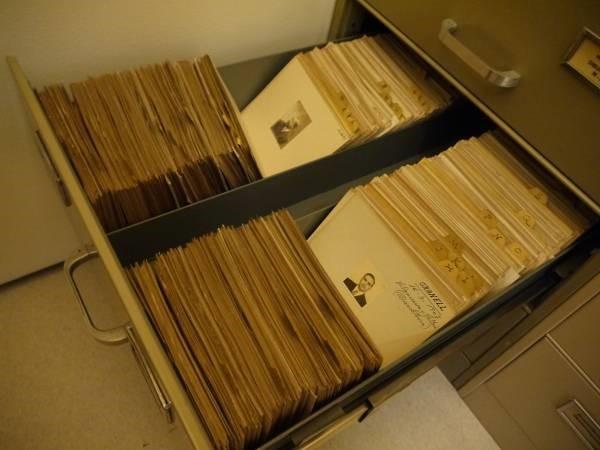
collectors and architects
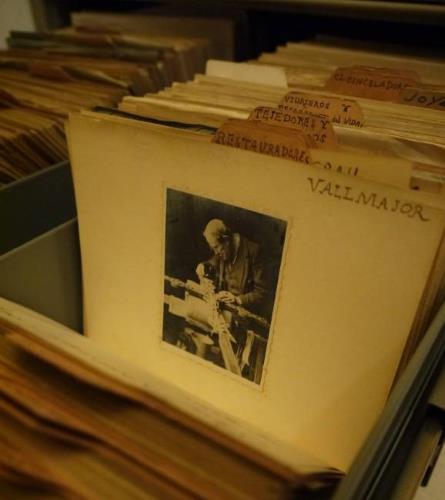
The filing cabinet of the biographical chronicle
This is a filing cabinet of authors, biographical and bibliographical, in which many of the Catalan artists appear as well as others of whom the museum possesses some work. It is subdivided into different sections, the most numerous of which are dedicated to sculptors, painters, illustrators, collectors, art treatise writers and architects. In the bottom two drawers we can find a great variety of professions that, in one way or another, intervened in the daily life of the museum such as restorers, gardeners, lacquerers, mosaicists, glassmakers, watchmakers, jewellers, cartographers, decorators, enamellers, book binders or engravers, among others.
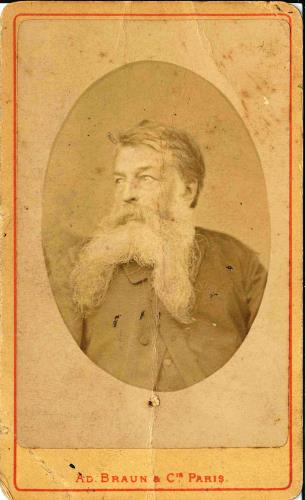
prior to 1891
All of this is complemented by photographic portraits or even caricatures, drawings or newspaper clippings referring to these characters and a biographical summary, where, in a few lines, you can find out the most essential facts of the life and profession of each of them.
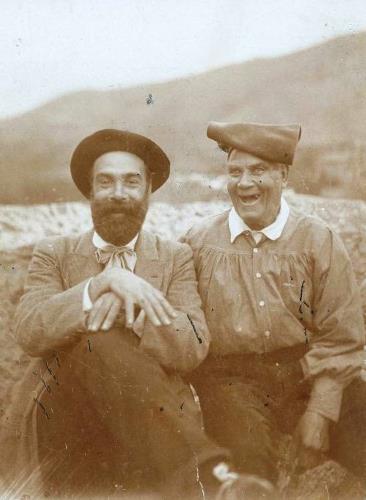
The initial collection from this filing cabinet, especially in the iconographic aspect, was a collection of photographs stored in the museums that depended on the Board of Museums, sustained mainly by Joan Vidal i Ventosa, house photographer, but also by the artists themselves; photographs where his protagonists appear in all aspects of his life: the artist working, in his family playgrounds, etc. Apart from that, some of them are even preserved photographs of his childhood or obituaries and photographs on his deathbed.
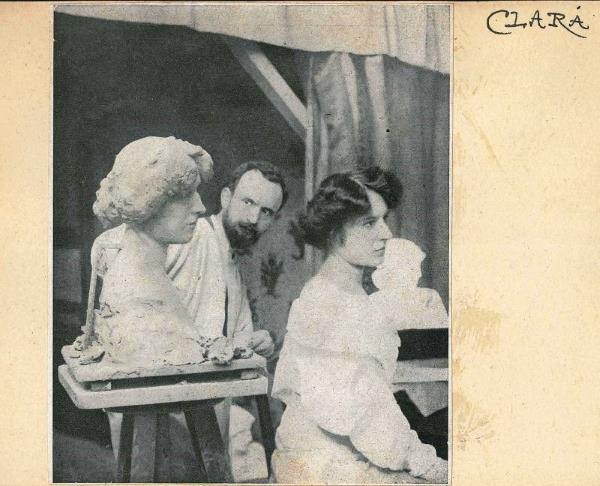
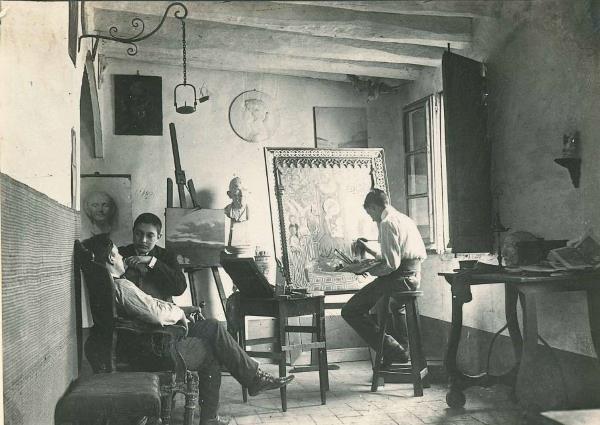
It is unknown who started this biographical collection, but before the Civil War it already had a sufficiently large collection because in 1936 Josep F. Ràfols would dedicate an article to it in the Butlletí dels Museus (Museums Newsletter) where it explained how it works and invited all those artists and researchers who wanted to be part of it. From this same archive would appear in the 50s the Diccionario Biográfico de Artistas de Cataluña, (Biographic Dictionary of Artists of Catalonia) by Ràfols himself.
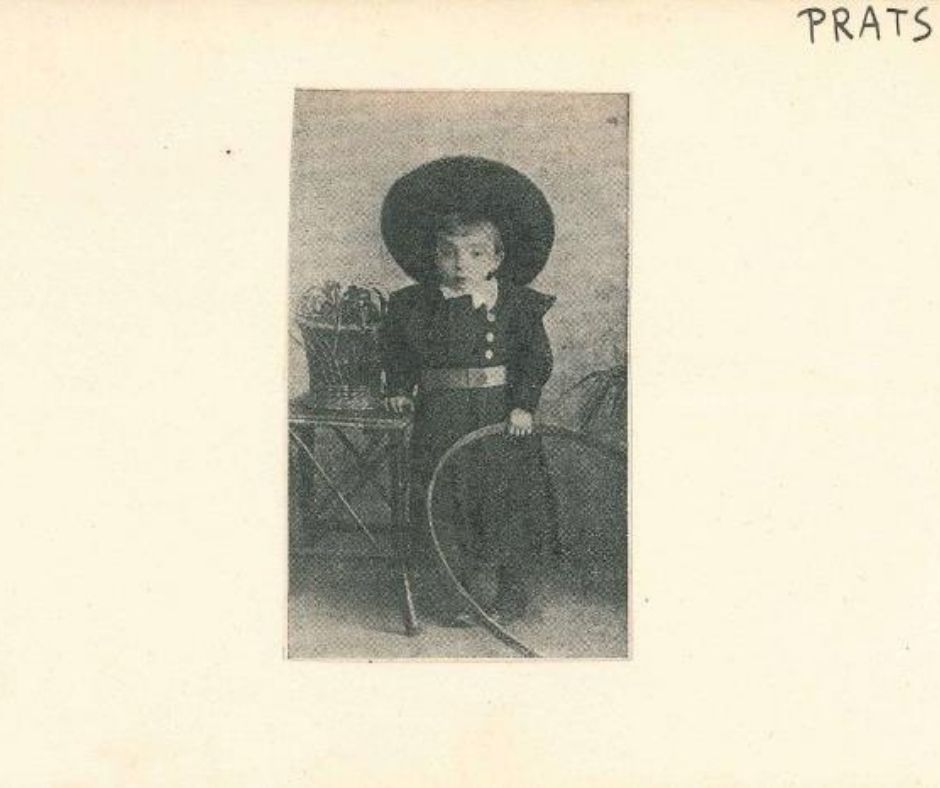
Childhood portrait of the collector Joan Prats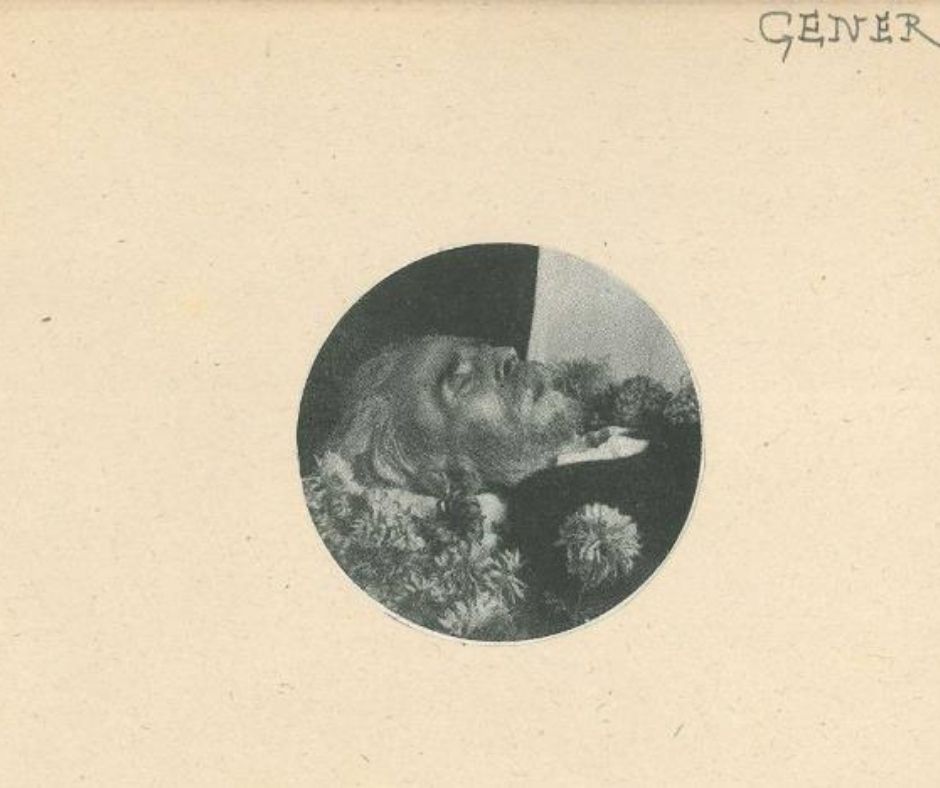
Portrait of the deceased body of the writer, painter, collector, illustrator and art treatise writer
Pompeu Gener
Over the years, the archive installed in the Ciutadella grew with new authors. When many of them entered a national competition or exhibition, a file was opened for them, as well as when they went to the Museum of Modern Art to make copies or studies of the works of their predecessors. By the 1980s the task of compiling the file would fade.
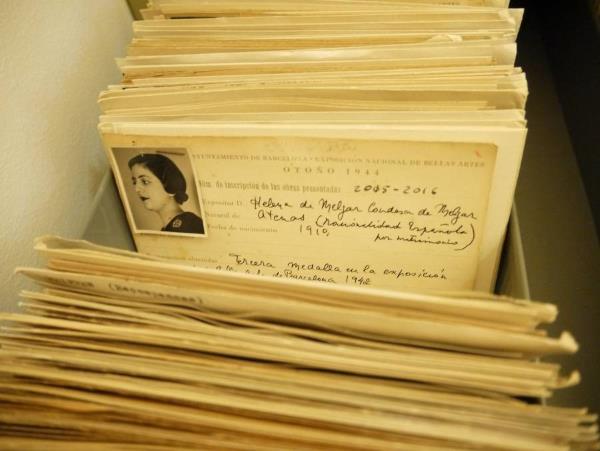
File of a painter belonging to the National Exhibition of Fine Arts, in the autumn of 1944
Related links
Collectors that have made museums
Col·leccions







